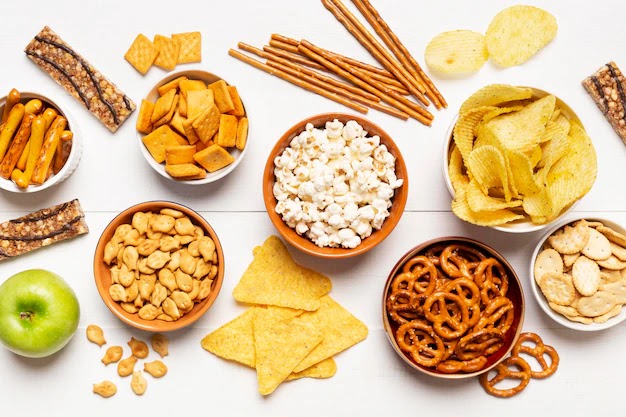Top 20 High-Protein Foods to Fuel Your Workout
Are you looking to take your workout to the next level? One key factor to consider is your diet. Consuming high-protein foods can help fuel your muscles and support your overall fitness goals. In this article, we will explore the top 20 high-protein foods that can provide the necessary nutrients to optimize your workout performance.
Why is Protein Important for Workouts?
Protein is essential for muscle repair and growth. When you engage in physical activity, especially strength training, you create micro-tears in your muscles. Consuming protein post-workout helps repair these tears and promote muscle growth. Additionally, protein can help keep you feeling full and satisfied, which can be beneficial for weight management goals.
What are the best sources of high-protein foods?
- Chicken Breast: Chicken breast is a lean source of protein, making it an excellent choice for fueling your muscles.
- Salmon: Salmon is not only high in protein but also contains omega-3 fatty acids, which can help reduce inflammation in the body.
- Greek Yogurt: Greek yogurt is a versatile high-protein food that can be enjoyed on its own or used as a base for smoothies and dips.
- Eggs: Eggs are a complete protein source, meaning they contain all essential amino acids needed for muscle repair and growth.
- Quinoa: Quinoa is a plant-based protein that is also rich in fiber, making it a nutritious option for vegetarians and vegans.
- Cottage Cheese: Cottage cheese is a low-fat, high-protein food that can be enjoyed as a snack or added to recipes for an extra boost of protein.
- Tofu: Tofu is a soy-based protein that is often used as a meat substitute in vegetarian and vegan dishes.
- Turkey Breast: Turkey breast is another lean protein option that can be used in sandwiches, salads, or wraps.
- Lentils: Lentils are a legume that is high in protein and fiber, making them a filling and nutritious food choice.
- Lean Beef: Lean cuts of beef, such as sirloin or tenderloin, are a great source of protein and essential nutrients like iron and zinc.
Tips for Incorporating High-Protein Foods into Your Diet
- Start your day with a protein-rich breakfast, such as eggs or Greek yogurt with fruit.
- Pack high-protein snacks like nuts, seeds, or protein bars to fuel your body throughout the day.
- Include a source of protein in each meal, whether it's a lean meat, fish, tofu, or legumes.
- Experiment with different protein sources to keep your meals exciting and varied.
- Stay hydrated, as water is essential for muscle recovery and overall performance.
What are the benefits of consuming high-protein foods for workouts?
- Muscle Repair: Protein helps repair and rebuild muscles after a workout, promoting muscle growth and strength.
- Satiety: Protein can help keep you feeling full and satisfied, reducing the likelihood of overeating or snacking on unhealthy foods.
- Energy: Consuming high-protein foods can provide a sustained source of energy, helping you power through your workouts with ease.
- Metabolism: Protein has a high thermic effect, meaning it can boost your metabolism and support weight loss efforts.
In conclusion, incorporating high-protein foods into your diet can have numerous benefits for your workout performance and overall health. By focusing on quality protein sources like chicken breast, salmon, Greek yogurt, and tofu, you can ensure that your body is properly fueled for optimal results. So next time you hit the gym, reach for some of these top 20 high-protein foods to take your workout to the next level!

.jpeg)


.jpg)

.jpeg)

.jpeg)

.jpeg)